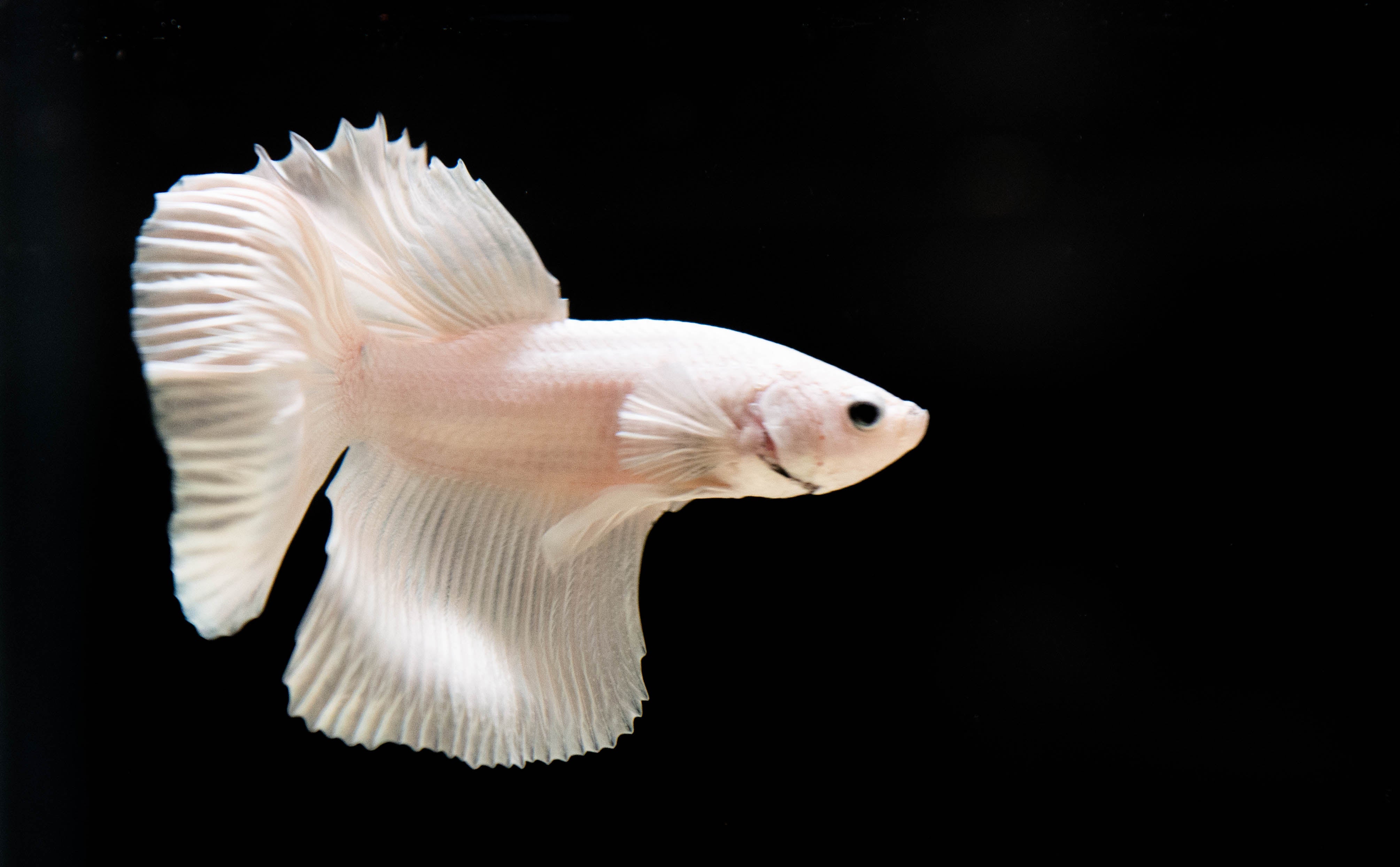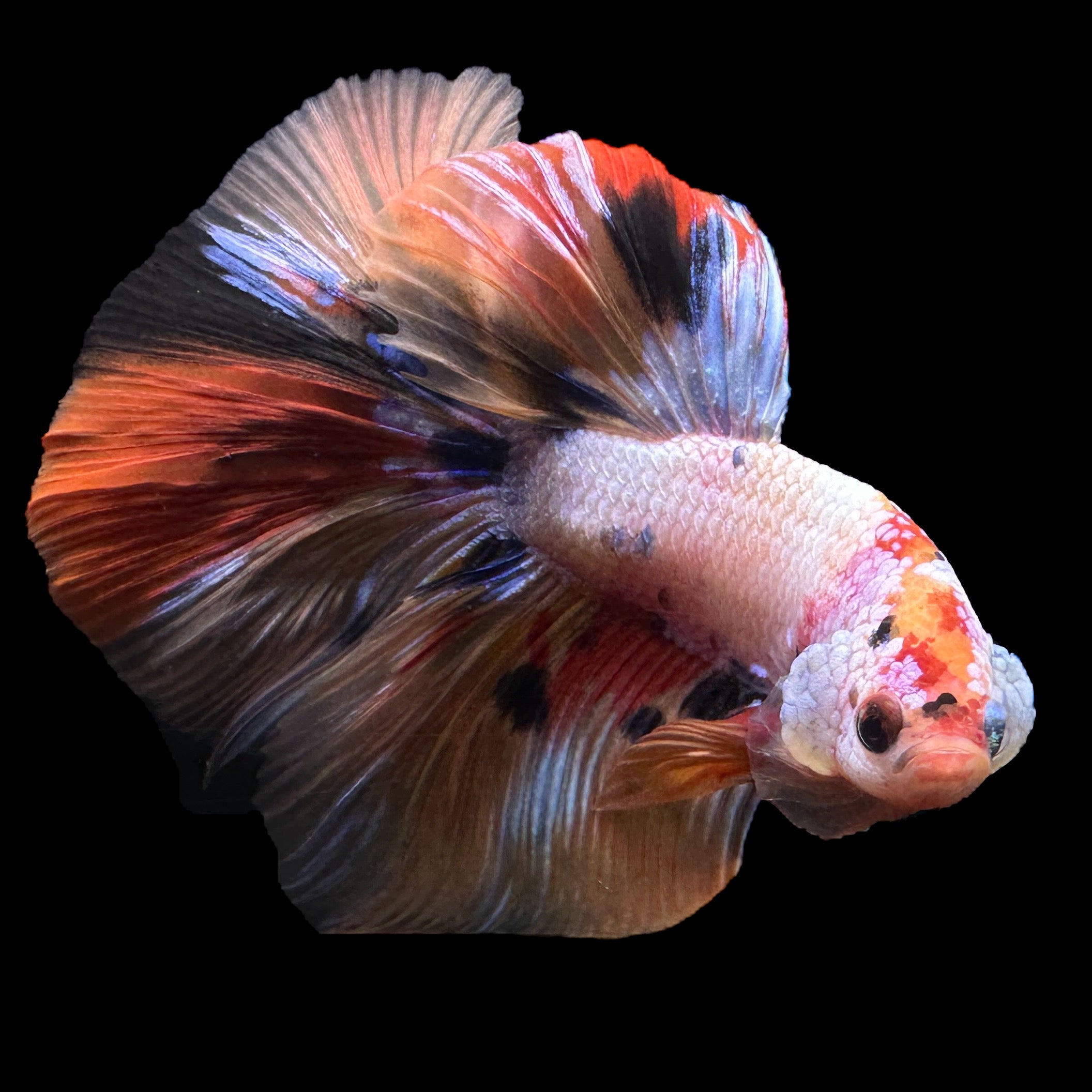Betta Fish Treatment: Crucial Tips for a Healthy and Satisfied Animal
All About Betta Fish: Understanding Their Unique Needs, Behavior, and the Best Practices for Optimal Care
Recognizing the one-of-a-kind requirements and actions of Betta fish is crucial for any aquarist wanting to supply optimal care. These captivating animals, indigenous to the cozy waters of Southeast Asia, show unique territorial tendencies and call for specific environmental problems to grow. From choosing the right container dimension to recognizing potential health problems, different variables dramatically influence their wellness. As we discover these aspects even more, the implications for both beginner and experienced fish keepers come to be significantly evident, elevating inquiries regarding how ideal to accommodate these remarkable fish in our homes.
Betta Fish Overview
Although usually admired for their vivid shades and flowing fins, Betta fish, clinically known as Betta splendens, are complex animals that require details like prosper. Originating from Southeast Asia, these freshwater fish are recognized for their territorial nature and unique behaviors. Betta fish display sexual dimorphism, with men displaying more vibrant colors and longer fins than women.
Their aggressive tendencies, particularly among men, require careful factor to consider when real estate them. Bettas are commonly kept in single-specimen tanks to avoid territorial disputes. Nevertheless, they can exist side-by-side in harmony with specific suitable varieties in bigger area tanks, gave the atmosphere meets their demands.

To guarantee ideal care, aquarists need to recognize their one-of-a-kind behavior traits, dietary needs, and habitat requirements. betta fish. With proper attention, Betta fish can show their vibrant personalities and flourish in a well-maintained aquarium setup
All-natural Environment and Setting
Betta fish flourish in a diverse array of all-natural habitats, primarily found in the shallow waters of Southeast Asia, consisting of rice paddies, swamps, and slow-moving streams. These atmospheres are defined by warm temperatures, commonly in between 75 ° F and 82 ° F(24 ° C and 28 ° C ), and a pH degree ranging from 6.5 to 7.5, which is perfect for their health and health.
In their natural environments, Betta fish are accustomed to thick plants, offering both shelter and reproducing premises. The existence of plants such as drifting water lilies and thick lawns not only supplies security from killers however also adds to the oxygenation of the water, which is important for their respiratory system requirements. Additionally, these settings typically have areas of still water, permitting Betta fish to exhibit their all-natural behaviors such as bubble nesting.
Comprehending the natural environment of Betta fish is critical for fish tank enthusiasts. Reproducing these conditions-- with water temperature level, pH balance, and the incorporation of live plants-- can dramatically enhance the general health and durability of these exciting fish, ensuring they prosper in a home fish tank setting.
Social Habits and Communications
Comprehending the social habits and communications of Betta fish is important for successful aquarium administration. Betta fish, or Siamese battling fish, are recognized for their unique behavioral characteristics, characterized mostly by territoriality and aggression. Males, specifically, display extremely hostile actions in the direction of one another, resulting in the infamous reputation of Betta fish as fighters. In a restricted area, 2 men can take part in terrible confrontations, typically leading to injury or fatality.
On the other hand, women Bettas display less aggressive behavior and can coexist in groups, known as sororities, if introduced properly. Our site It is essential to monitor their interactions closely, as power structure and supremacy can lead to disputes. Understanding the characteristics within a Betta area is essential; developing hiding places and ensuring enough area can reduce aggression.
Additionally, Betta fish might likewise display inquisitiveness and social habits towards various other types. While they can coexist with particular non-aggressive storage tank mates, it is important to select compatible varieties to prevent stress and aggressiveness. In general, identifying these social communications is key to cultivating a harmonious fish tank environment for Betta fish.
Crucial Care Standards
Giving proper care for Betta fish is critical to their health and wellness. Normal water changes-- roughly 25% once a week-- aid maintain water high quality.
Betta fish call for an ideal tank size; a minimum of 5 gallons is suggested to give sufficient area for swimming and hiding. Include designs and plants to produce a revitalizing setting, but avoid sharp items that might damage their fragile fins.

Last but not least, make sure the storage tank is geared up with a filter to keep the water tidy, however use a mild filter to stay clear of strong currents that can stress the fish. By adhering to these necessary care guidelines, proprietors can promote a healthy and balanced and lively Betta fish.
Common Health And Wellness Issues and Solutions
In the care of Betta fish, understanding of common health and wellness concerns my website is vital for maintaining their wellness. To deal with fin rot, improve water problems and consider utilizing a broad-spectrum antibiotic.
An additional common condition is ich, a parasitical infection defined by white places on the fish's body (betta fish). Treatment includes raising water temperature and including fish tank salt to the tank, as this can assist remove the parasite
Swim bladder condition is additionally frequently observed, resulting in buoyancy troubles. This problem may develop from overfeeding or bowel irregularity. A fasting period of 24-48 hours, complied with by a diet regimen of blanched peas, can provide relief.
Finally, bettas might endure from velour disease, suggested by a gold dust-like look on their skin. Therapy commonly requires medication particularly created for exterior parasites, alongside improved storage tank hygiene.
Routine surveillance of water criteria, keeping a tidy setting, and providing a balanced diet are essential precautionary procedures. By resolving these wellness concerns without delay, Betta fish can lead much healthier, extra vibrant lives.
Verdict
In summary, successful betta fish treatment requires an understanding of their unique requirements and behaviors. Normal tracking of health and water high quality, along with a balanced diet regimen, adds to the longevity and vibrancy of betta fish.